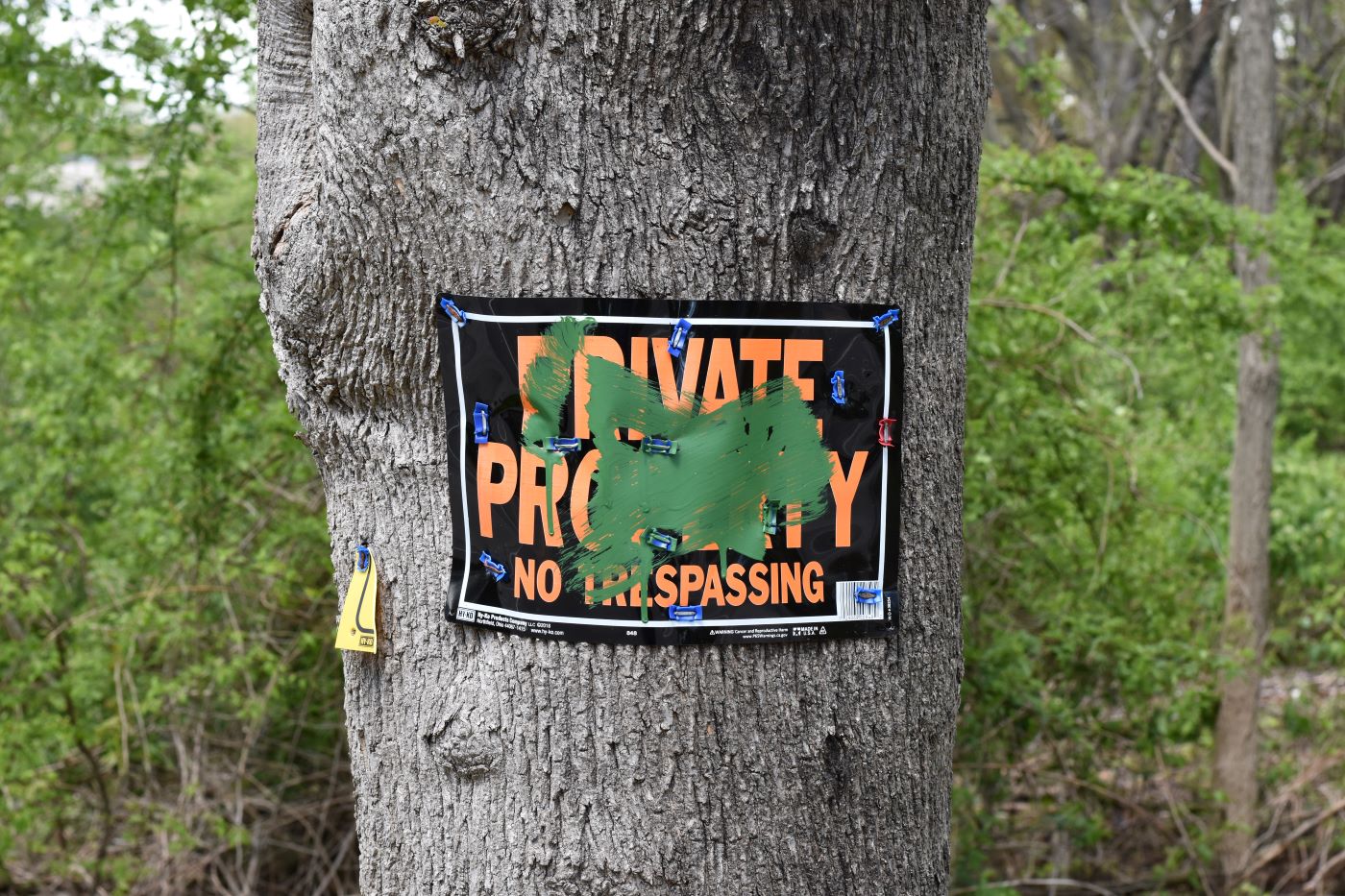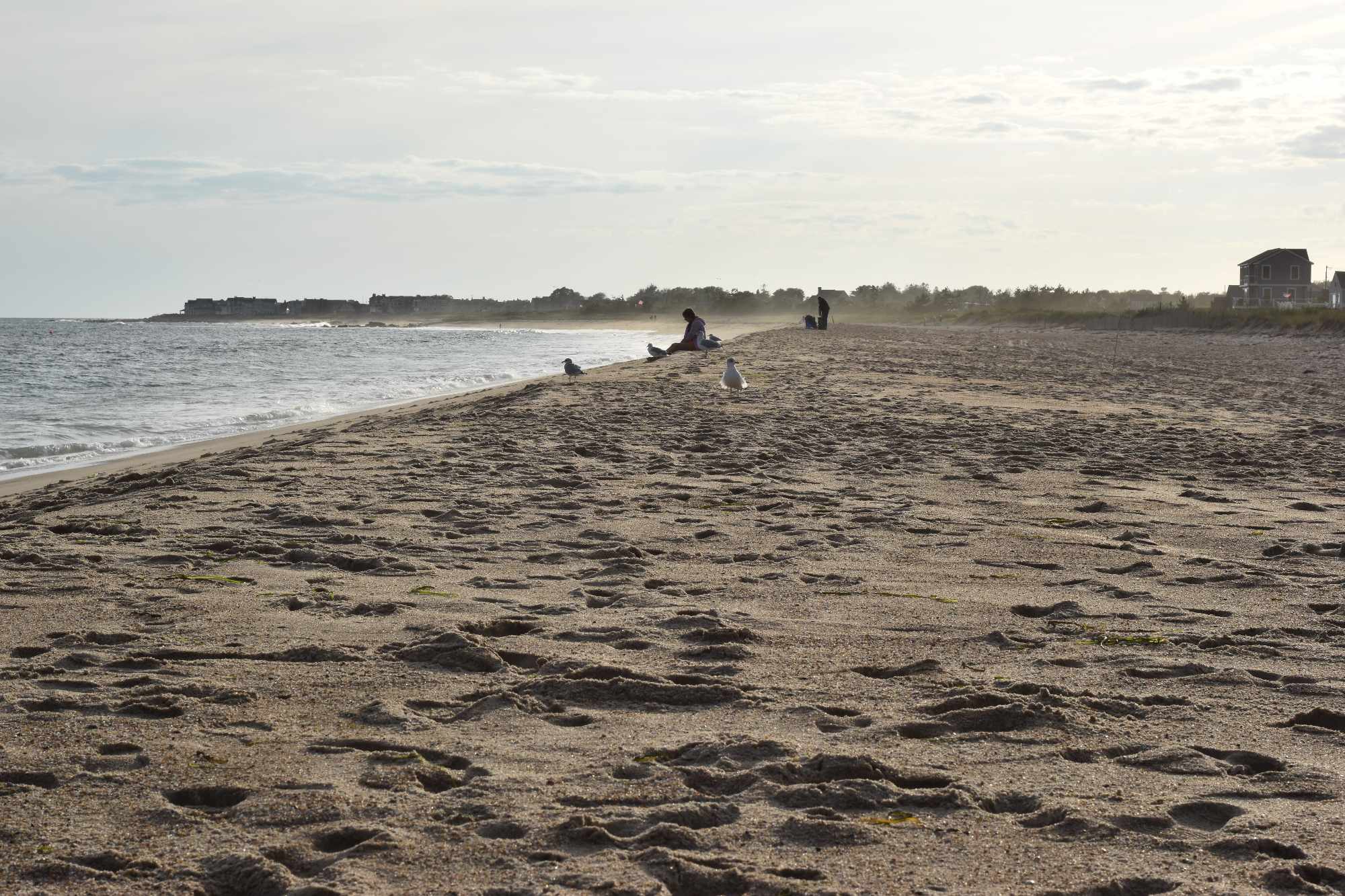EPA’s New Guidelines, and Funding, Will Boost Testing and Controls of PFAS in Rhode Island
April 19, 2024
The Biden administration and the Environmental Protection Agency announced new guidelines this month that will give a push to efforts around the nation, including in Rhode Island, to eliminate or reduce toxic per- and polyfluoroalkyl substances — a class of chemicals known as PFAS — from drinking water.
The announcement created the first nationwide and enforceable ceiling — or “maximum contaminant level” (MCL) — of 4 parts per trillion (ppt) of PFAS in drinking water. A few types of PFAS chemicals were given a federal MCL of 10 ppt.
The new federal levels are more restrictive than the current maximum contaminant level in Rhode Island, which is 20 ppt in drinking water. Up to April 10, when the guidelines were announced, no federal level existed; states devised maximum contaminant levels for themselves.
The announcement also said the federal government would offer $1 billion to states and territories for testing and treatment of drinking water. It is part of a $9 billion investment through the Bipartisan Infrastructure Law to help communities track and clean up PFAS and other “emerging contaminants” in drinking water.
EPA believes that 6% to 10% of the nation’s 66,000 public drinking water systems may have to take action to reduce PFAS to meet the new standards. It also said the final rule of April 10 would reduce PFAS exposure for about 100 million people.
Both through legislation and in water treatment facilities and water pipes, Rhode Island has been working over the past few years to get control over PFAS — a class of toxic chemicals that have been used since the 1940s in a wide range of consumer products from food wrappers to carpets to Teflon pans to firefighting foam.
These compounds may lead to decreased fertility, developmental delays in children, higher risk of some cancers, weakening of the immune system, interference with hormones, and increased cholesterol levels. There are at least eight types and combinations of PFAS, which are informally known as “forever chemicals” because they persist for so long in the environment.
Dr. Michael Byrns, state toxicologist with the Rhode Island Department of Health, said the state is in good shape in the battle to rein in PFAS in drinking water because the work is already underway and federal funds for the purpose are flowing into the state, and will keep flowing at least until 2026.
Rhode Island began testing for PFAS in drinking water in 2013 to 2015 and in 2017 and 2019, Byrns said. (Managing PFAS is a dual responsibility of the Department of Environmental Management, where the chemicals exist in the environment, and DOH, where the chemicals exist in drinking water.)
“We are already ahead of the curve in New England and the Northeast. We are already testing. We know what’s there,” Byrns said. Testing and cleaning of water “is going to be expensive; and it is going to require resources. But it is more or less under control. The [water] systems know what is there; they are not suspecting surprises.”
Byrns and a DEM spokesperson seemed largely unworried about the discrepancy between the state maximum contaminant level and the new levels announced by the federal government. PFAS compounds may be combined in various ways, and not every combination is even relevant in Rhode Island.
DEM spokesperson Michael Healey said the EPA’s new maximum contaminant levels “will ultimately be incorporated into DEM’s groundwater quality rules as groundwater objectives.”
“The new MCLs offer five individual standards for specific compounds and one cumulative standard,” he said. “These new levels would supplement the current cumulative standard that Rhode Island has and expand the list of compounds regulated in the state.”
Byrns said Rhode Island has three years under federal law to conduct testing and five years to put water quality treatment and corrections in place to meet federal standards. Federal dollars flowing into the effort through the Bipartisan Infrastructure Law (BIL), Byrns said, include $38 million over five years — $7.6 million a year until 2026 — for treatment of drinking water generally. Another part of the BIL, called the Emerging Contaminants Grant for Small or Disadvantaged Communities, will send $28.4 million to Rhode Island to fight PFAS in drinking water. That amount from the emerging contaminants grant is the sum of an original $18.9 million, followed by an additional $9.4 million through the same grant source.
A state law in 2022 required public water systems to test water for PFAS and report the results to DOH by August 2023. Two extensive reports of the findings were written and published, by DEM in November 2023 and DOH last month.
In late July 2023, DOH issued do not drink orders to water systems serving The Ladd Center and Exeter Jobs Corps on the former Ladd School property in Exeter and Bruin Plastics in Burrillville. The water of all three systems was higher than 70 ppt for PFAS.
According to the State PFAS Sourced Investigation Report, published November 2023 by DEM, nine water systems in addition to the three mentioned above — West Glocester Elementary School, Captain Isaac Paine School, North Smithfield Jr.-Sr. High School, Carousel Industries, Wrights Farm, Coventry Air National Guard, Wood River Health Services, URI, and the Quonset Business Park — had PFAS levels above 20 ppt.
The November report said “facilities or locations of significant RIDEM management focus over next several years will be industrial sites, including textile manufacturing; Superfund sites; Department of Defense sites; landfills and dumps; fire stations and training facilities (including airports), and wastewater treatment facilities.”

Looking at the data now, following the announcement of the new federal standard, Byrns said about 50 Rhode Island public water systems are above the new standard and none are above hazardous level. The state already knew about 13 above the Rhode Island level from last year’s testing.
To get PFAS levels down to prescribed levels, Byrns said some systems may be able to shut off selected wells. He believes that, when the information and testing become a little more clear, about 30 public water systems will need to install treatment of water leaving their facilities.
The cleaning technology is well known. In a granular activated carbon system, water flows through a vessel that holds carbon. The carbon captures the PFAS and holds them in a solid form until the vessel is emptied and cleaned. In an ion exchange system, PFAS molecules are attracted to a charge.
Byrns and a Brown University professor compared both of these methods to a Brita filter, which, in essence, filters, captures, and contains molecules. A more expensive and complicated system, Byrns said, is reverse osmosis, which captures the PFAS molecules in a liquid, which then becomes a form of liquid waste.
People who get drinking water from private wells are not required under current law to test for PFAS, according Byrns, until the point when they sell their house and property. If private well users want to test their water because of their own health concerns, he said, there are ways to do such testing. He said that, historically, the federal government has not paid for private well testing and treatment, but he believes an exception is in the works for PFAS in the Bipartisan Infrastructure Law.
Most of the discussion now pertains to cleaning water after it leaves the ground or reservoirs and before it moves into faucets that serve the public. Kurt Pennell, an engineering professor at Brown University, works under contract to get PFAS out of the ground. He could not say where he is doing the work, but he noted that some contracts are with the Department of Defense.
“Sites I am familiar with are Superfund sites,” Pennell said. “They are designing systems to treat water in the ground.”
Rhode Island legislators have taken aim in recent years at the ubiquitous risk of removing PFAS in consumer products and from the environment.
In 2022 the General Assembly passed and the governor signed a bill that bans PFAS from food packaging made or sold in Rhode Island as of the first of this year. PFAS are used to make fast-food wrappers more grease resistant.
A law passed in 2022 and amended in 2023 created the interim state standard of 20 ppt for six types of PFAS. Public water systems in Rhode Island are now required to test for PFAS regularly.
In the current legislative session, Sen. Meghan Kallman, D-Pawtucket, and Rep. Terri Cortvriend, D-Portsmouth, presented bills that would prohibit the use of PFAS in a broad range of consumer products sold in Rhode Island by 2027. A full ban would be in effect by 2032 under the bills “unless the use of PFAS in a product is considered unavoidable.”



